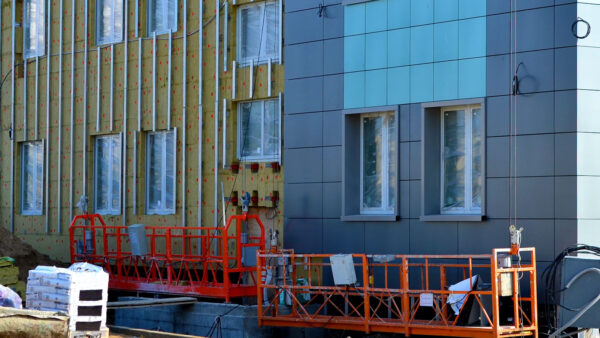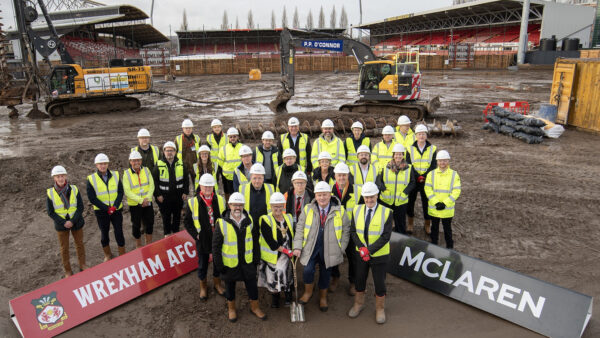
The government has published its long-awaited infrastructure strategy for the next decade.
It is supported by £725bn in investment across several sectors, including housing, hospitals, transport, nuclear and clean energy.
If you haven’t had a chance to go through the 100-page document yet, these are the key takeaways:
Establishment of NISTA
The government has launched a National Infrastructure and Service Transformation Authority (NISTA) that will function as a “new centre of expertise in government”. A joint unit of HM Treasury and the Cabinet Office, NISTA will bring together the National Infrastructure Commission and the Infrastructure and Projects Authority.
Combined economic and social infrastructure
This is the first time the UK has set out a long-term strategy that brings
together economic infrastructure (transport, energy, water and wastewater,
waste, digital and flood risk management) and housing and social infrastructure
(hospitals, schools and colleges and prisons and courts).
Long-term funding
The strategy commits to a funding mechanism to provide greater certainty in infrastructure projects beyond five years, and up to 10 years in some cases. This includes £6.3bn of investment in prison expansion from 2025/2026 to 2030/2031 to deliver the government’s commitment to build 14,000 more prison places; almost £20bn investment in the School Rebuilding Programme from 2025/2026 to 2034/2035; and more than £6bn every year from 2025/2026 to 2034/2035 for the repair of the NHS estate, including tackling RAAC.
There will also be an annual £9bn maintenance fund – a dedicated investment in crumbling public assets, such as hospitals, schools, prisons and courts, through to 2035, plus a £1 bn structures fund for roads and bridges.
Implementation of targeted PPPs
The government has indicated its intention to use targeted public-private partnerships (PPPs) where revenue streams can be found and risk appropriately allocated. The government will also explore the feasibility of using new PPP models for taxpayer-funded projects in very limited circumstances, where it could represent value for money.
Launch of a digital pipeline tool
The government will launch in July an infrastructure pipeline digital portal, which will include details of public projects for the next 10 years.
It will contain data on project timelines, size, funding status, location and procurement routes. It will also include publicly funded and financed infrastructure projects alongside projects led by regulated and private sector infrastructure providers, covering projects from early stages of development through to construction.











